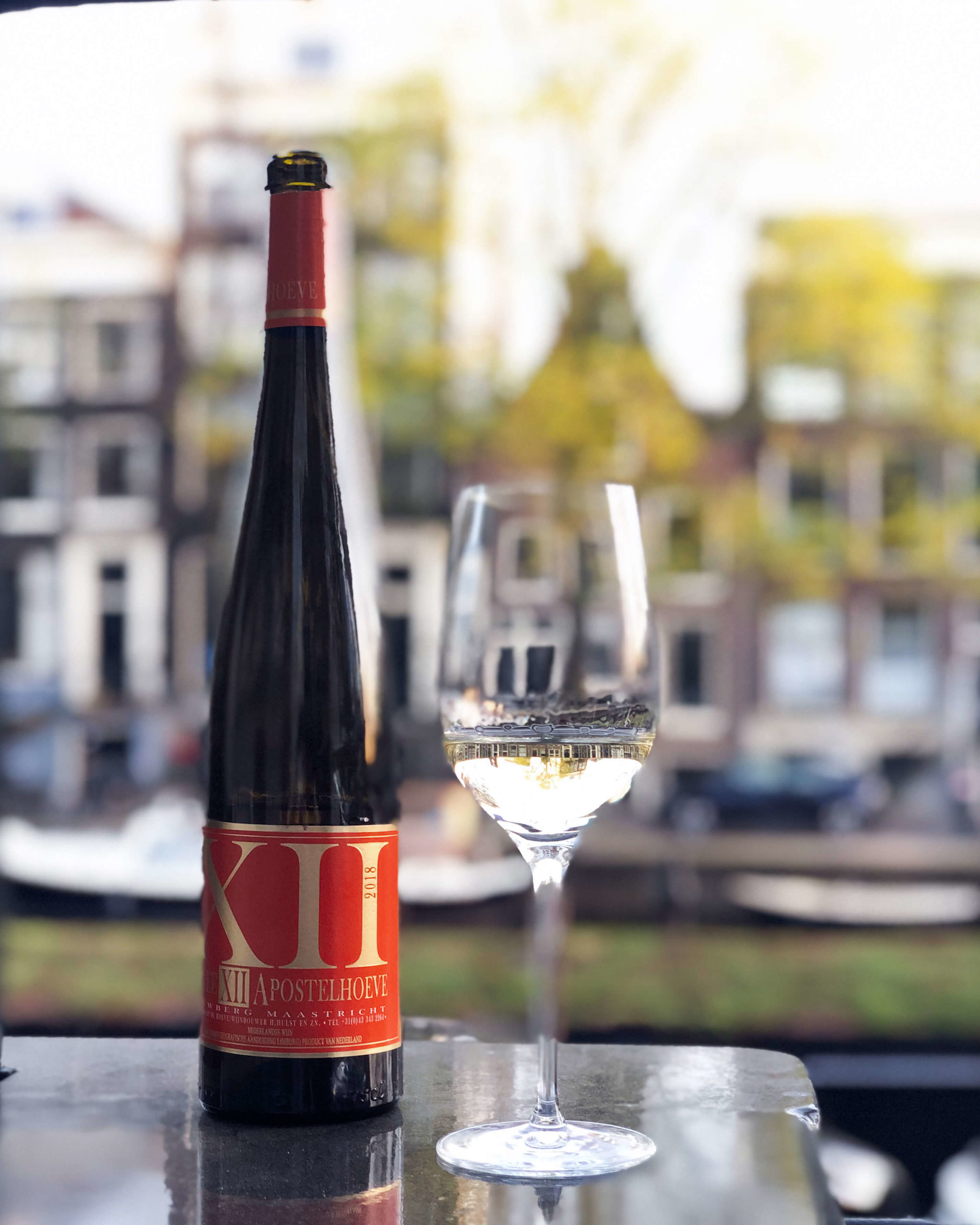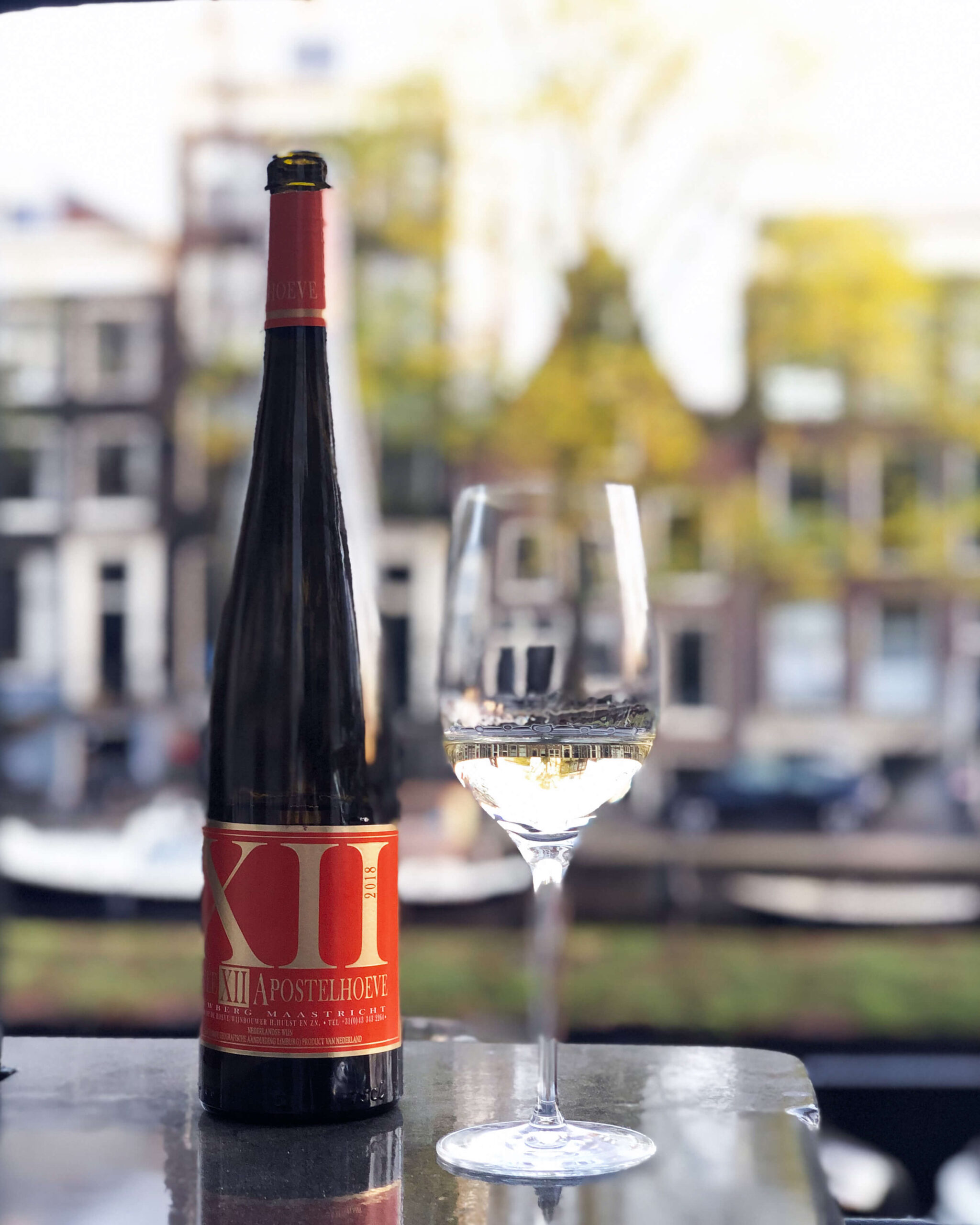Dutch wine deserves more attention, I’m sure you wine lovers agree with me. I notice that even the people with whom I share this little country still far too often choose a bottle from another wine country, instead of trying a wine from their own soils. I certainly don’t want to be a purist when it comes to Dutch wine because I love wines from every country, and number 1 for me of course is Italian wine. But now, let me do some propaganda for Dutch wine.
Here it comes.
Short history of Dutch wine
According to tradition, wine was made in the Netherlands even before Christ, but was not written about until about the year 1000 A.D. or at least that is what is known today and there are doubts about the authenticity of the writings. It’s all a bit vague so let’s not be too finicky, after all, I’m not a historian.
What we do know is that the wine regions were mainly located in the south of the Netherlands because of the fertility of the loess soils. Around the 15th century viticulture was booming business until the Dutch best friend Beer walked into the room. You know, beer after wine is never a good idea.
The more time passed, the fewer vineyards remained and eventually the little ice age, Phylloxera and a number of wars killed the remaining wine industry in the Netherlands. After the second world war there was no vineyard left. What a shame.
Revival of Dutch viticulture
Luckily there was Slavante. That’s the name of the first vineyard in Maastricht that was planted in 1967. From then on more and more vineyards followed, the Apostelhoeve came into being in Limburg in 1970, Brabant also took part, and eventually wine was even made in the north of the country.
Grape varieties
Dutch wine production requires special conditions. Together with their eastern neighbours The Netherlands worked on new grape varieties that could thrive under harsh conditions (think of lots of humidity and little sunshine). In the meantime they used grapes like Müller-thurgau, Riesling, Auxerrois and Pinot Gris.
These are classic grape varieties that are still used today, along with for example Chardonnay and Pinot Noir. There is also a whole range of hybrid grape varieties (crosses of Vitis Vinifera and for example American vines such as Vitis Labrusca) that are very popular in Dutch viticulture because of the characteristics of the grapes, which are often favorable for this shitty weather – and have contributed to the revival of Dutch viticulture.
Hybrid grape varieties widely used in the Netherlands are Solaris (white), Johanitter (white) and Regent (blue).
Mostly the Netherlands is a country that produces many white wines, you can imagine that little sunshine is more suitable for producing fresh whites than full-bodied red wines. Nevertheless, there are also nice red wines produced from, for example, Regent, an early ripening blue grape, Dornfelder and Cabernet Cortis. Nowadays you can also find beautiful sparkling wines.
Today there is about 350 hectares vineyard spread over 180 commercial vineyards in the Netherlands of which Limburg and Gelderland have the largest share. All this together ensures the production of more than one million bottles of Dutch wine per year! Wow!
Vineyards and legislation
Well-known vineyards that are larger than 3 hectares are the Apostelhoeve, De kleine schorre, Hoeve Nekum and the Sint Martinus vineyard (proclaimed the best vineyard in the Netherlands several times).
Quality wines are produced in the Netherlands following European legislation and categorized under the labels BGA (protected geographical indication) and BOB (protected designation of origin). Currently there are five PDO areas: Maasvallei Limburg, Mergelland, Oolde, Vijlen and Ambt-Delden. Here there are strict terroir rules, all wines must be 100% made from grapes grown in that area and no hybrid grape varieties are allowed.
Apostelhoeve Cuvée XII
For this article I tasted the Cuvee II of the Apostle’s farm. A blend of 40% Müller-Thurgau, 30% Auxerrois and 30% Pinot-Gris.

The wine is very fragrant, hints of apple and pear. Citrus in the nose and nice exotic fruit. On the palate surprisingly creamy, juicy acids, apply freshness. A wine that certainly surprises of which you wouldn’t guess the origin at first. Read more about this wine here. Buy it in Amsterdam at Wine & Roses.
Dutch Wine tips
On Instagram I asked some people what the best Dutch wine was that they ever tasted. Here is a small list of recommended wines from the Netherlands.
Solaris Orange Ivar wines
Pinot Noir Stokhemmer wingerd
Riesling Hoeve Nekum
Apostelhoeve Riesling 2018
St. Martinus Prestige
Sint Catharinadal Chardonnay
Pinor Noir Barrique 777 Wijngoed Thorn
Wilde witte Wild Wijngaard

